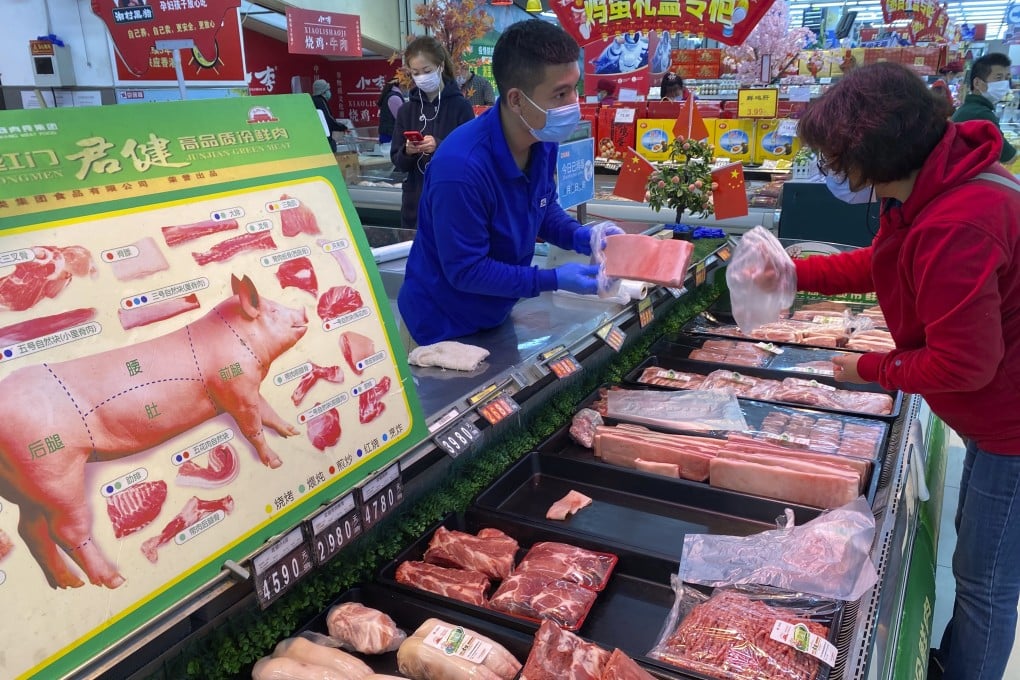Advertisement
Explainer | China food security: why is it important and what caused November’s panic buying?
- China needs to feed 1.4 billion people, but African swine fever, the coronavirus and natural disasters have recently raised questions about food security
- Imports play a key role in China’s food supply chain, but Beijing is also keen to boost the nation’s self-sufficiency
Reading Time:4 minutes
Why you can trust SCMP
6

What caused a bout of panic buying in China in November?
It started with a notice from China’s Ministry of Commerce on November 1, 2021, telling local authorities to stabilise food supply and prices, including for vegetables, meat and cooking oil in preparation for the coming cold months.
“Families are encouraged to store a certain amount of daily necessities to meet the needs of daily life and emergencies,” the ministry said.
This sparked heated discussion online, with some users even speculating the call to stockpile food was related to the possible outbreak of war with Taiwan.
Advertisement
The Ministry of Commerce responded by assuring people there was no imminent threat to food supply, while the state-run Economic Daily newspaper also tried to calm online speculation by saying the intention of the notice was to make sure people were prepared for lockdowns or quarantine due to new coronavirus outbreaks.

01:04
Panic buying after China’s Covid-19 cases continue to surge
Panic buying after China’s Covid-19 cases continue to surge
“In the long run, it is also advocating for residents to improve their awareness of emergency management, increase the household reserve of necessary commodities to supplement the national emergency system,” it said in a piece published on its WeChat channel.
Advertisement
This did not stop some shoppers stocking up on cabbage, rice and flour, while the instructions also pushed up domestic edible oil futures, as well as Malaysian palm oil.
Advertisement
Select Voice
Choose your listening speed
Get through articles 2x faster
1.25x
250 WPM
Slow
Average
Fast
1.25x